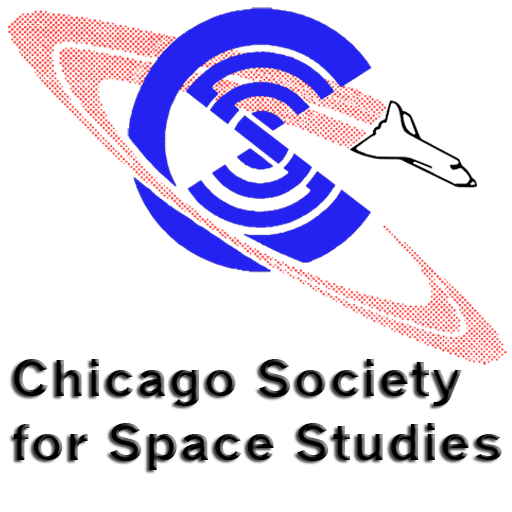On 8 April 1960, astronomer Frank Drake inaugurated a new era in the search for civilizations beyond Earth. Pointing the 85-foot telescope of the National Radio Astronomy Observatory (NRAO) in Green Bank, West Virginia, toward two Sun-like stars in the galactic neighborhood, he sought the first direct evidence of extraterrestrial intelligence. Tuning to a frequency of 1420 megahertz, he hoped that this would be a universal meeting place, known also by astronomers on other worlds as being the emission frequency of hydrogen, the universe’s most prevalent element.
Although this experiment, which Drake dubbed Project Ozma, did not confirm the existence of life beyond Earth, it did inspire the development of a new field of science: the Search for Extraterrestrial Intelligence (SETI). If a radio signal is detected in a modern SETI experiment, we could well know that another intelligence exists, but not know what they are saying. To move beyond the mere detection of such intelligence, and to have any realistic chance of comprehending it, we can gain much from the lessons learned by researchers facing similar challenges on Earth. Like archaeologists who reconstruct temporally distant civilizations from fragmentary evidence, SETI researchers will be expected to reconstruct distant civilizations separated from us by vast expanses of space as well as time. And like anthropologists, who attempt to understand other cultures despite differences in language and social customs, as we attempt to decode and interpret extraterrestrial messages, we will be required to comprehend the mindset of a species that is radically Other. Historically, most of the scientists involved with SETI have been astronomers and physicists. As SETI has grown as a science, scholars from the social sciences and humanities have become involved in the search, often focusing on how humans may react to the detection of extraterrestrial life.
The book Archeology, Anthropology, and Interstellar Communication examines the contributions of archaeology and anthropology to contemporary SETI research, drawing on insights from scholars representing a range of disciplines. The fifteen chapters start with historical perspectives and quickly transition to the lessons that SETI researches can learn from the fields of anthropology and archeology.

